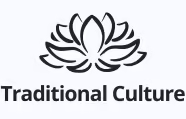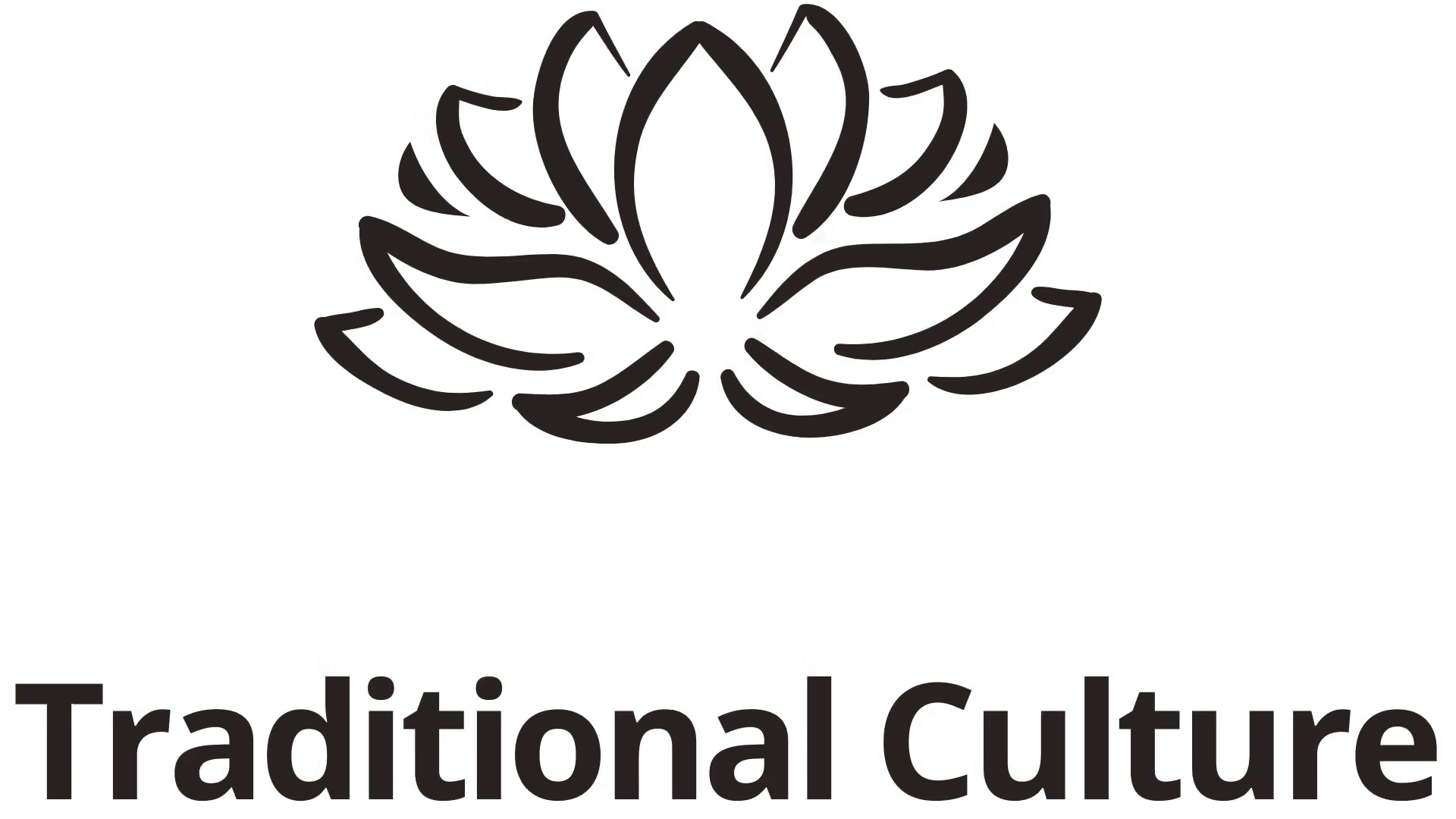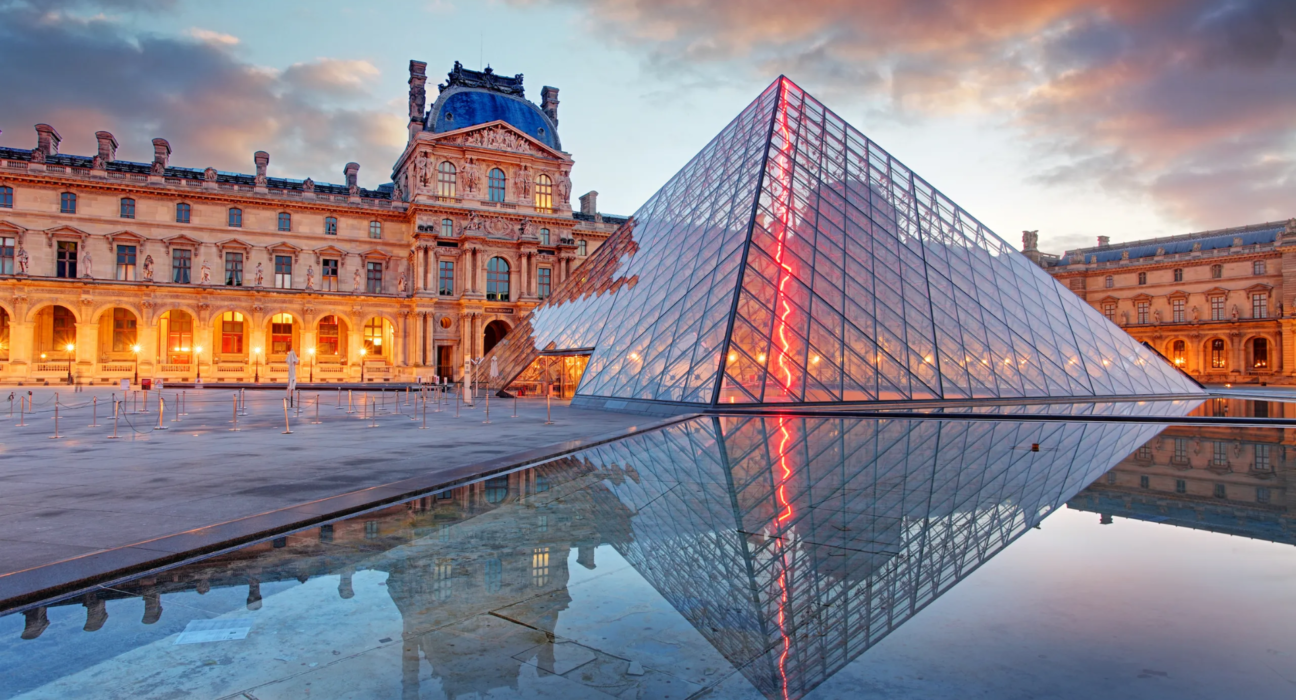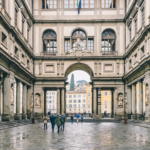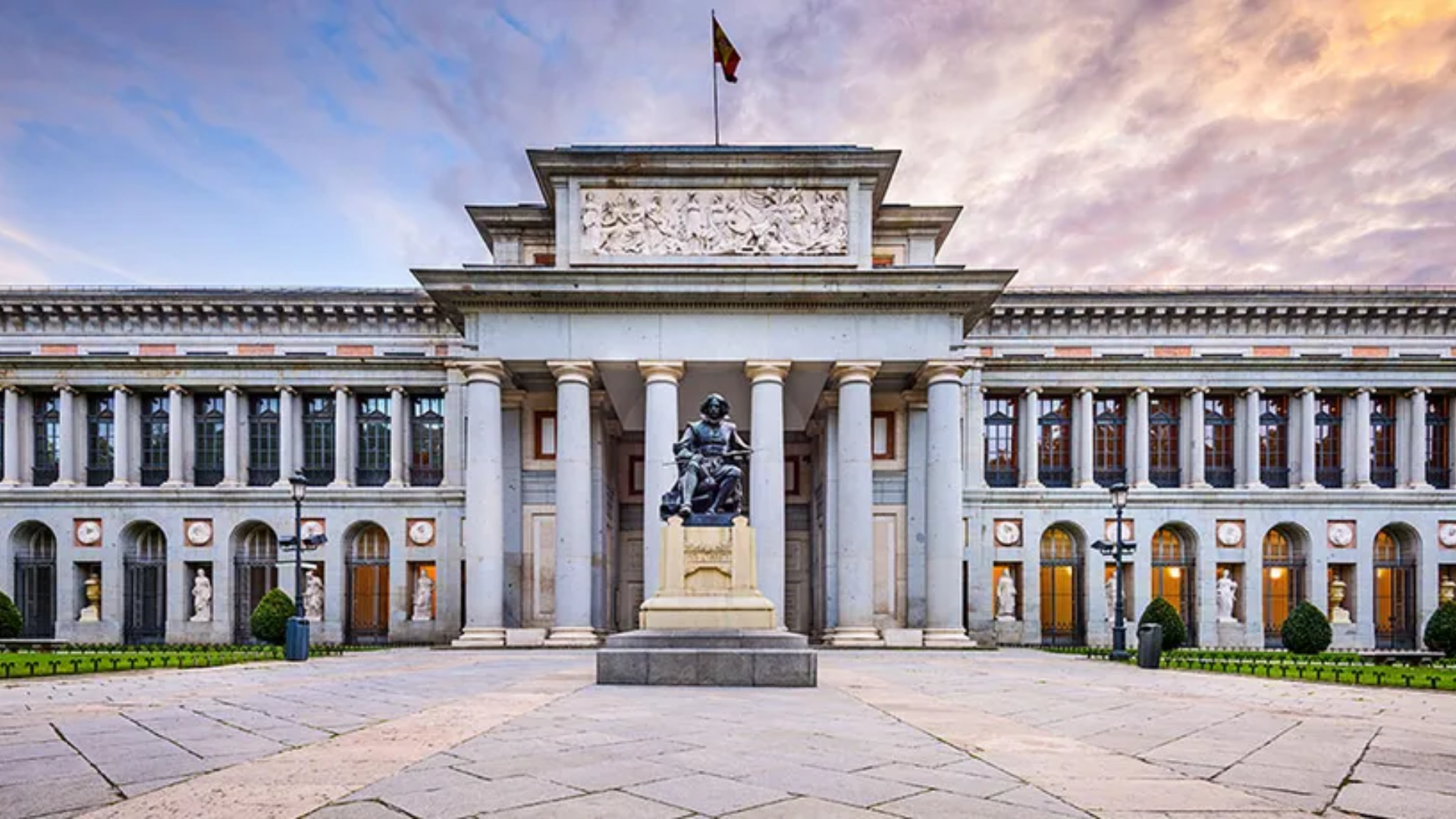The Louvre Museum stands as a testament to human creativity and cultural heritage, transcending its role as merely one of the world’s most renowned museums. Nestled in the heart of Paris, this iconic institution has evolved from a royal palace to a sanctuary of priceless artworks, embodying the intersection of history, art, and global culture. As we embark on a journey through its hallowed halls, we’ll uncover the layers of significance that make the Louvre not just a destination, but a transformative experience for millions of visitors each year.
The Rich Tapestry of Louvre’s History
Before delving into the specifics of the Louvre’s historical journey, it’s essential to understand that this magnificent edifice is more than just a building; it’s a living chronicle of French and world history. Its walls have witnessed the ebb and flow of power, the renaissance of art, and the democratization of culture.
From Fortress to Palace: The Early Years
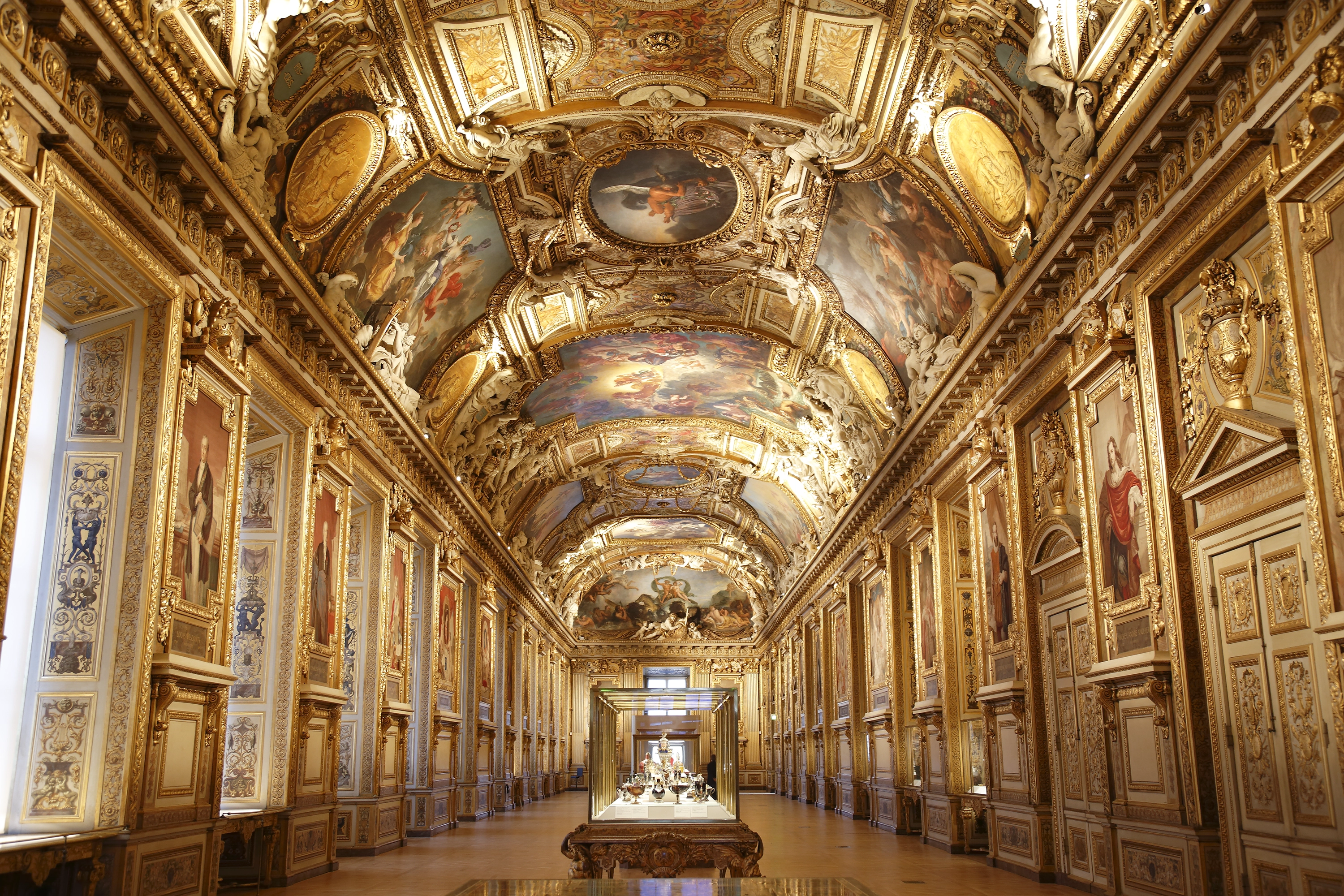
The story of the Louvre begins in the 12th century, not as a museum, but as a formidable fortress. Built by King Philip II, it was designed to protect Paris from invasion via the Seine River. Over time, as the threat of invasion diminished, the structure’s purpose evolved.
In the mid-16th century, Francis I transformed the fortress into a Renaissance-style palace, marking the beginning of the Louvre’s association with art and culture. This transformation wasn’t merely architectural; it represented a shift in the French monarchy’s focus from military might to cultural prestige.
The palace continued to grow and change under subsequent rulers, each adding their own architectural flair. The Louvre became a canvas for royal ambitions, with each monarch seeking to leave their mark on this symbol of French power and sophistication.
The Birth of a Museum: A Revolutionary Idea
The French Revolution marked a pivotal moment in the Louvre’s history. In 1793, the revolutionary government opened the Louvre to the public as a museum, declaring it a place where art and knowledge should be accessible to all, not just the elite.
This radical idea of a public museum was revolutionary in itself. It transformed the Louvre from a symbol of royal excess to a beacon of enlightenment and equality. The collections, once private possessions of the monarchy, became the property of the nation, available for all to admire and study.
Expansion and Evolution in the Modern Era
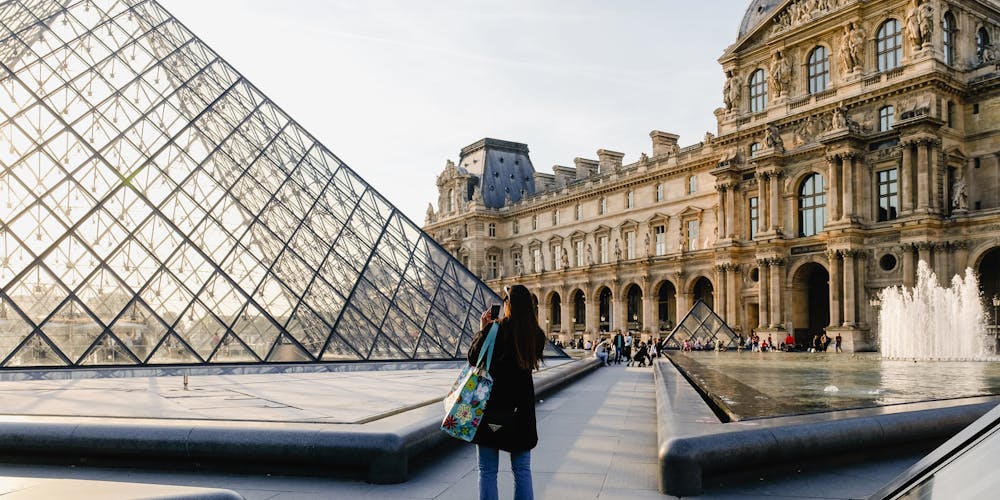
The 19th and 20th centuries saw the Louvre grow exponentially, both in its collections and its global influence. Napoleon Bonaparte, understanding the power of art as a tool of empire, greatly expanded the museum’s holdings with treasures from his conquests.
In more recent times, the addition of the iconic glass pyramid in 1989 by architect I.M. Pei symbolized the Louvre’s embrace of modernity while respecting its historical roots. This juxtaposition of ancient and modern has become emblematic of the museum’s ability to bridge past and present.
A World of Art Under One Roof
The Louvre’s collection is unparalleled in its diversity and significance. Housing over 380,000 objects and displaying around 35,000 works of art at any given time, the museum offers a comprehensive journey through human artistic achievement.
The Mona Lisa: A Global Icon
No discussion of the Louvre would be complete without mentioning its most famous resident: Leonardo da Vinci’s Mona Lisa. This enigmatic portrait has captivated viewers for centuries with her mysterious smile and the artist’s revolutionary techniques.
The Mona Lisa’s presence in the Louvre is a story in itself. Acquired by King Francis I, it has survived theft, vandalism, and countless interpretations. Today, protected behind bulletproof glass, it draws millions of visitors each year, each seeking to experience its ineffable allure firsthand.
The painting’s fame has transcended the art world, becoming a cultural phenomenon. It has inspired countless imitations, parodies, and discussions, cementing its status not just as a masterpiece of Renaissance art, but as a global icon of beauty and mystery.
Ancient Civilizations Brought to Life
The Louvre’s collection of ancient art is a time machine, transporting visitors to the cradles of civilization. The Winged Victory of Samothrace, with its dynamic pose and billowing drapery, epitomizes Hellenistic sculpture’s mastery of movement and emotion.
In the Egyptian antiquities section, visitors can come face to face with the enigmatic Great Sphinx of Tanis, a colossal sculpture that has guarded the secrets of the pharaohs for millennia. These artifacts do more than represent lost civilizations; they connect us to our shared human heritage, reminding us of the enduring power of art to transcend time and culture.
European Painting: A Canvas of History
The European paintings department offers a comprehensive overview of Western art history. From the religious fervor of medieval altarpieces to the revolutionary techniques of the Impressionists, each room tells a story of artistic evolution.
Works like Théodore Géricault’s “The Raft of the Medusa” not only showcase technical mastery but also reflect the social and political climate of their time. This massive canvas, depicting the aftermath of a shipwreck, serves as both a triumph of Romantic painting and a scathing critique of government incompetence.
The Louvre Experience: More Than Just Viewing Art
Visiting the Louvre is an immersive experience that goes beyond simply viewing artworks. It’s an adventure that engages all the senses and challenges perceptions, offering something new with each visit.
Navigating the Labyrinth: A Journey of Discovery

The sheer size of the Louvre can be overwhelming. With over 652,000 square feet of gallery space, it’s impossible to see everything in a single visit. This vastness, however, is part of the museum’s charm, inviting repeated visits and rewarding exploration.
Visitors often find themselves stumbling upon unexpected treasures. A wrong turn might lead to a room filled with ancient Mesopotamian artifacts or a gallery of French crown jewels. This element of surprise and discovery adds an exciting dimension to the Louvre experience, making each visit unique.
The museum’s layout itself tells a story. As visitors move from one wing to another, they traverse not just physical space but epochs and civilizations. This journey through time and culture is carefully curated to create meaningful connections and contrasts between different artistic traditions.
The Art of Crowd Management
With millions of visitors each year, managing crowds is an art form in itself at the Louvre. The museum has implemented various strategies to enhance the visitor experience, from timed entry tickets to virtual reality guides.
Despite the crowds, there are ways to find moments of tranquility. Early morning or evening visits often offer a more serene experience. The less famous galleries, such as the medieval Louvre foundations or the Napoleon III Apartments, provide quieter spaces for contemplation and discovery.
Engaging with Art: Interactive Experiences
The Louvre has embraced technology to deepen visitor engagement with its collections. Audio guides, smartphone apps, and interactive displays offer layers of information, from basic facts to in-depth analyses and historical contexts.
For those seeking a more hands-on experience, the Louvre offers workshops and drawing classes. These activities allow visitors to engage with art on a more personal level, fostering a deeper appreciation for the techniques and vision behind the masterpieces.
The Louvre’s Global Influence

The Louvre’s impact extends far beyond its Parisian home. As a cultural institution of global significance, it plays a crucial role in shaping the international art world and fostering cross-cultural understanding.
Cultural Diplomacy Through Art
The Louvre has become an instrument of cultural diplomacy, using art to build bridges between nations. Its loan programs and traveling exhibitions bring masterpieces to audiences around the world, promoting cultural exchange and mutual understanding.
The opening of the Louvre Abu Dhabi in 2017 marked a new chapter in the museum’s history. This partnership between France and the United Arab Emirates represents a bold experiment in cultural collaboration, bringing the Louvre’s expertise to a new global audience.
Research and Conservation: Preserving Heritage for Future Generations
Behind the scenes, the Louvre is a hub of scientific research and conservation. Its laboratories and workshops employ cutting-edge technology to study, preserve, and restore artworks, contributing valuable knowledge to the fields of art history and conservation science.
This commitment to research ensures that the Louvre’s collections are not just preserved for future generations but continually reveal new insights about our artistic and cultural heritage.
Inspiring Creativity Worldwide
The Louvre’s influence on contemporary art and culture is immeasurable. Artists, designers, and creators from all fields continue to draw inspiration from its collections, reinterpreting classical themes and techniques for modern audiences.
From fashion designers referencing ancient sculptures in their collections to filmmakers using the museum as a backdrop for their stories, the Louvre continues to be a wellspring of creativity that nourishes the global cultural landscape.
Conclusion: The Louvre as a Mirror of Humanity

The Louvre Museum is more than a repository of beautiful objects; it is a mirror reflecting the triumphs, struggles, and aspirations of humanity across millennia. Each artwork, each artifact, tells a story not just of its creator but of the society that produced it and the values it held dear.
As we walk through its galleries, we are not merely observers but participants in an ongoing dialogue with our past. The Louvre challenges us to see beyond the surface beauty of its masterpieces to the deeper truths they reveal about the human condition.
In an age of rapid change and global uncertainty, the Louvre stands as a testament to the enduring power of art to unite, inspire, and illuminate. It reminds us of our shared heritage and the common threads that bind cultures across time and space.
For those who have visited, the Louvre leaves an indelible mark on the soul. For those yet to experience its wonders, it remains an invitation to embark on a journey of discovery – a journey that promises to enrich, challenge, and transform our understanding of ourselves and our place in the grand tapestry of human civilization.

